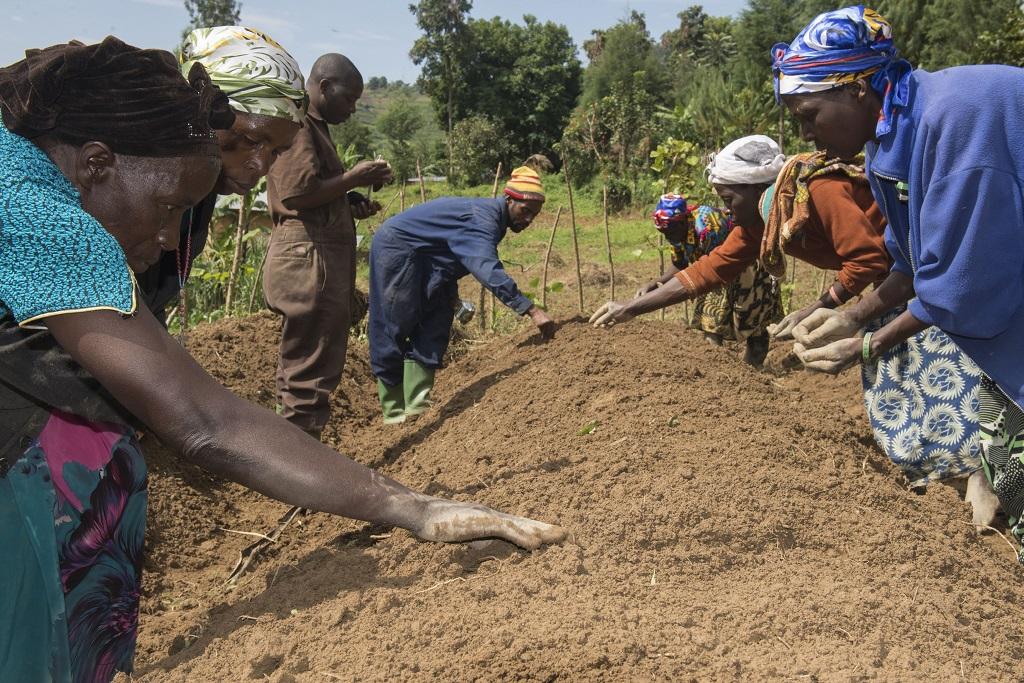Read full article By Chris Ojiewo @ Down to Earth Photo Credit: Down to Earth
Vaccination efforts across the globe encourage hope of an imminent end to the novel coronavirus disease (COVID-19) health crisis. But the food security crisis that the pandemic has deepened cannot be alleviated quickly and will require lasting solutions.
Well-adapted and nutrient dense crops like millet, sorghum, groundnut, chickpea, pigeonpea, cowpea and common bean, collectively called dryland cereals and legumes, are like a vaccine of sorts for hunger and under-nutrition. This is because, over time, improved varieties of crops will be able to render farming resilient to climate stresses, help improve nutritional outcomes and improve soil health. In the short run, they boost yields, ensure food sufficiency in farm households and increase earnings.
Even before the COVID-19 pandemic, seed systems, which determine seed access in a country or a region, were beset with challenges. In a recently published paper we identify what the bottlenecks are and what can be done about them.
The biggest issues we identified include, firstly, the limited access to varieties of groundnut, chickpea, pigeonpea, sorghum and finger millet that are bred to perform where they are needed. They need to be suited to changes in temperature and rainfall in the area and the stress of pests and diseases. They must also be nutrient-dense and there must be a market for them. The problem of access to these varieties is partly due to limited interest in the private seed sector to include grain legumes and dryland cereal crops in their portfolio.
The second issue is the limited capacity of the institutions involved in the production and delivery of early generation and certified seed production.
Thirdly, there are large gaps in the flow of information, which means that farmers have limited awareness of crops best suited for their environment and the merits of new varieties.
The pandemic further hit these systems, warranting emergency responses from governments and relief agencies. To ensure quality seed flow in the long run, several interventions have been identified.
Beyond relief
One useful intervention would be to organise farming communities — or seed producer groups — into business entities. This would offer several benefits. Primarily, it would help boost local access by people who currently can’t get or afford certified seed.
High quality seed access will mean better quality grain production and meeting the standards set by grain buyers. This, in turn, would enhance grain demand and encourage farmers and other seed enterprises to produce and use quality seed.
Another problem that needs to be addressed is quality control. Farmers in Africa often procure seed from informal markets, which doesn’t allow for robust quality checks. In a sample of 2,592 smallholder farmers in six countries, 92 per cent of sorghum seed, 84 per cent of millet seed, 93 per cent of groundnut seed, 93 per cent of common bean seed and 88 per cent of cowpea seed were reported to be from informal sources.
These seeds are likely to be suboptimal. They are more likely to be of subpar genetic purity, unknown variety and hence performance and they may have a huge seed-borne disease burden.

